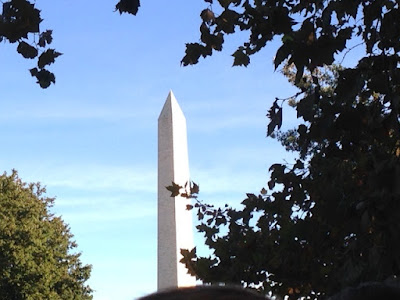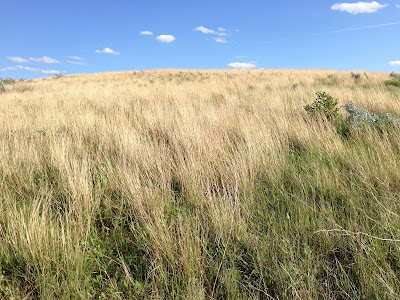Landscapes of Childhood
“We think it essential that a 5-year-old learn to read, but perhaps it is as important for a child to learn to read a landscape,” says Washington Post columnist Adrian Higgins in his article “The British Forest That Gave Life to Pooh.”
Higgins is the Post‘s gardening columnist, and he came to this topic after reading The Natural World of Winnie-the-Pooh, a new book by Kathryn Aalto. Aalto is a garden designer who spent time in the places where A.A. Milne lived with his wife and young son Christopher Robin. Milne drew on these landscapes to create his fictional world. There was the walnut tree that housed Pooh, and Owl’s aerie in an ancient beech. There was the real Five Hundred Acre Wood.
The beauty of the English landscape — and Milne’s memories of his own childhood decades earlier — made its way into the stories, and as such stands as a testimony not only to the power of topography but also to how important it is in the life of the imagination.
“As important as the Pooh stories remain, they speak to something of greater value, the importance of landscapes to children, places they return to, places they own, places to stage their own dramas, and places that imprint themselves on the mind,” Higgins writes.
I found these landscapes in the broad bluegrass meadows of central Kentucky, my children found them in the yards and woods of suburban Virginia. It doesn’t take a 500-acre wood; sometimes just an empty lot will do.


